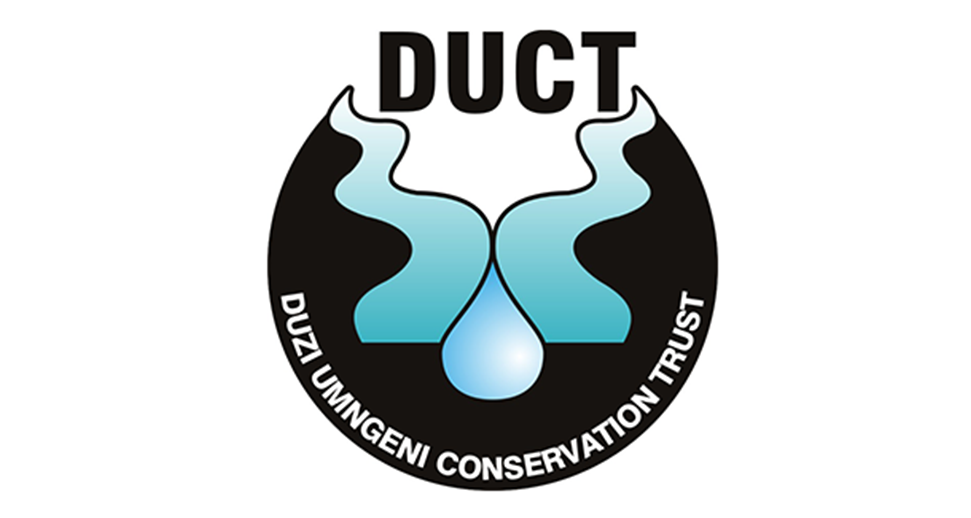The river life that was affected by last August’s massive vegetable oil and caustic acid spill is recovering well, with invertebrates, amphibians and fish re-populating the river.
Hundreds of thousands of litres of oil and acid flowed into the Duzi river after a tank collapsed at the Willowton group’s edible oil factory in Pietermaritzburg, affecting over 80 km of the river and killing of tons of fish and other aquatic fauna and flora in the river.
Pollution control officer of Duzi Umngeni Conservation Trust, (Duct) Sanele Vilakazi, said the spill into the Baynespruit stream had been a “major blow and shock” to the river system, but it was now in recovery.
He said declining water quality was a constant issue in the Duzi’s catchment area and that the industrial disaster had made it worse. But some good may yet come from what some call the “Duzi disaster” as it focused new attention on industrial pollution as well as other issues, like raw sewage spills, which also impair the water quality in the Duzi river and the four large dams it feeds.
He said water tests in tributaries in the Pietermaritzburg area show ongoing pollution from sewage leaks.
Vilakazi said Duct had been working closely with Willowton Group to establish the Baynespruit Conservancy.
He said that they were hoping to turn around the current state of what is “arguably one of the most highly polluted rivers in the province; if not country”.
Willowton Group told The Witness that the restoration of river life affected by the spill was an ongoing process that they were committed to.
They said that their Corporate Social Investments team has been actively engaging with the surrounding communities on their needs, and implementing sustainable solutions for them.
“This show of commitment to bring about long-term sustainability towards river health is commendable, and we appeal to other industries within the catchment to do likewise,” said Vilakazi.
Pandora Long of the Duzi Disaster Fund, an initiative of the Lower Mpushini Valley Conservancy, said in a recent Facebook post the progress of engaging with industry in the Baynespruit Conservancy was slow.
Long said the conservancy wanted to act in the wake of the Duzi disaster, but felt like they were being “choked off” as there had been no correspondence or communication with them.
In response to that, Duct’s general manager Faye Brownell said the conservancy was still in its infancy, and a committee had not been put together yet. “An action plan is being prepared and will be communicated with organisations and the public.
“The preliminary engagements with the community and industry will continue through February, and formal engagements around projects will happen from the beginning of March,” said Brownell.
Willowton Group said that the conservancy would be guided by a stakeholder group called “The Baynespruit Conservancy Steering Committee”.
They said they would meet regularly, and that the committee comprised representatives of catchment-based community conservation groups, local civil society organisations, and local industry, including the Willowton Group.
“The conservancy will develop project proposals and raise funds to incrementally achieve the goal of a healthy Baynespruit stream,” said Willowton Group.

